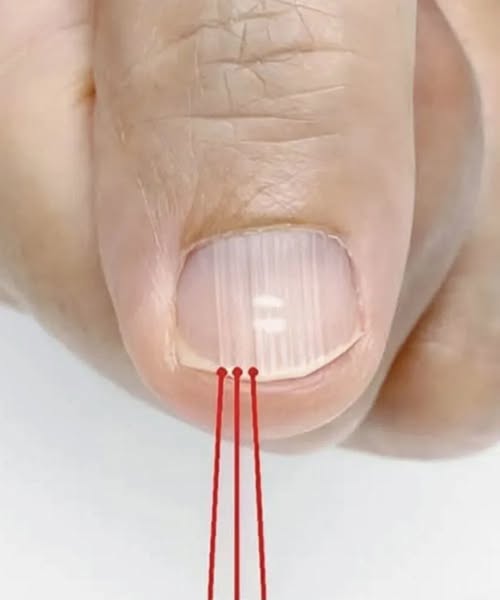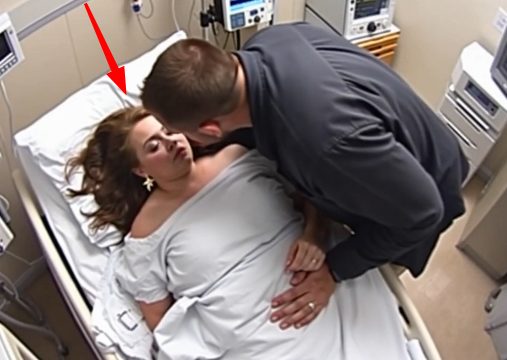As we get older, our bodies go through many subtle changes that often go unnoticed until they start showing up in unexpected ways—like on our nails. One of the most common age-related changes that many people begin to see after turning 40 is the appearance of vertical lines or ridges that run from the cuticle to the tip of the nail.

These lines, known as longitudinal striations, are typically harmless and simply a natural part of aging. They may become more visible with time, but for most people, they aren’t a cause for alarm. In fact, they’re usually just a reflection of your body’s normal biological processes shifting with age. That said, vertical nail ridges can occasionally serve as subtle indicators of things happening inside your body, such as hydration levels, nutritional deficiencies, or even underlying health issues.
One of the main causes behind the formation of these ridges is a decrease in keratin production. Keratin is the protein responsible for giving your nails their strength, resilience, and smooth appearance. As you age, your body’s ability to produce keratin naturally declines, which can result in nails that appear more ridged or uneven in texture. This change is entirely normal and happens gradually, often becoming noticeable sometime in your 40s or later. Another contributing factor to these ridges is the loss of moisture. Just like your skin becomes drier as you age, your nails do too. Frequent handwashing, the use of hand sanitizers, and exposure to harsh cleaning products can accelerate this dryness, making nails brittle and more likely to develop textured lines.
Beyond age and moisture loss, vertical nail ridges can sometimes point to nutrient deficiencies. As we grow older, our bodies may not absorb nutrients from food as efficiently as they once did, which means even a well-balanced diet might not always deliver what your body needs. Several essential nutrients play a critical role in maintaining healthy nails. Biotin, also known as Vitamin B7, helps support keratin production. Iron is crucial for delivering oxygen to cells, including those in your nail beds. Magnesium aids in proper cell function, while zinc is vital for the repair and growth of tissue.
If you’re low on any of these nutrients, your nails may become weaker, more brittle, or start to show more pronounced ridges. In most cases, vertical nail ridges are no more than a cosmetic issue, but sometimes they can be a sign of something more serious. If your nails also begin to change color—turning yellow, blue, or brown—or if they start to thicken, crumble, or split, it could indicate an underlying problem. Additionally, swelling, redness around the nail, or a sudden and drastic change in nail texture may be reason enough to consult a doctor. In rare cases, these signs may be linked to medical conditions such as thyroid disease, circulation problems, or autoimmune disorders like rheumatoid arthritis. Caring for your nails after the age of 40 doesn’t require an expensive or complicated routine. There are simple, everyday steps you can take to keep them healthy and strong. Start by staying hydrated—drink plenty of water daily, and consider using a nourishing hand cream or cuticle oil to maintain moisture. Your diet should focus on whole foods rich in protein, healthy fats, and essential vitamins and minerals. Whenever you’re cleaning or washing dishes, wear protective gloves to shield your hands from chemicals and excessive water exposure. Be gentle when trimming or grooming your nails; avoid harsh filing or aggressive buffing, and always cut your nails straight across. If your nails are particularly weak, you might want to ask your healthcare provider about taking a biotin supplement. Also, steer clear of acetone-based nail polish removers, as they can strip your nails of their natural oils and increase brittleness. In conclusion, while vertical nail ridges can be a natural part of getting older, they shouldn’t be ignored completely. Most of the time, they’re a normal byproduct of aging, but they can also provide subtle clues about your health. By paying attention to changes in your nails and adopting a few basic habits to care for them, you can help keep your nails looking healthy, smooth, and beautiful well into your later years.





